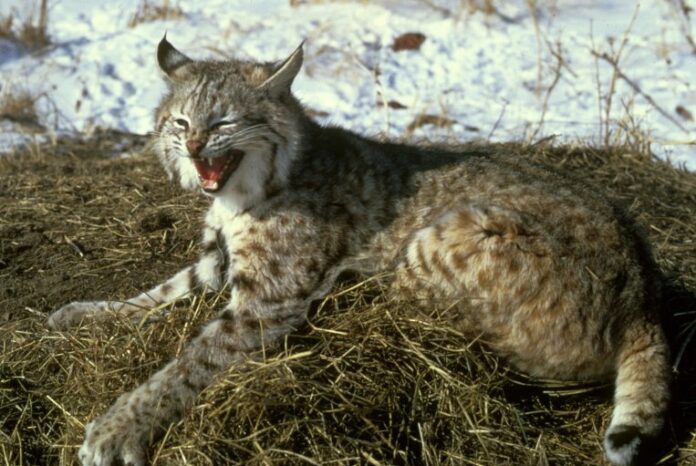
BY HARRY WEEKES
It feels like it has been a real “elk-y” spring, particularly in the last couple of weeks. I’ve seen elk at night, in the morning, and in the middle of the day. There have been elk on Buttercup Road, surrounding the highway south of Ketchum, and sleeping in the fields outside of Sun Valley. Driving to work, I have seen their great caravan of shadows on the bike path. Walking with my sister, we have been close enough to smell their earthy hides. And going to dinner at a friend’s house who recently moved to Gimlet, there was a dog dancing back and forth no more than three feet from a cow elk. The various guests remarked on this, and someone said, “You must have seen that all the time growing up here.”
Nope.
I don’t remember seeing any part of an elk in Gimlet. Not an animal, not a dropping, not a hoofprint. If I try really, really hard, I think I can conjure up one or two elk roadkills, and maybe a story about a person hitting an elk. However, I could just as easily be willing these stories into existence, cobbled together from all the elk stories I do have from the last 15-20 years.
This interaction got me thinking about bobcats; specifically, a bobcat.
Just as I am fairly sure I never saw elk growing up, I know that I never saw a bobcat. In fact, if you had asked me three months ago if bobcats lived here, I would have said no, which is one reason I am glad I was not asked, but rather told.
Walking out the back of Indian Creek on one of those beautiful winter-transitioning-into-spring days, I got to experience one of the great benefits of being a biology teacher; when you run into people, they tell you about what they have seen.
I really do like this—the natural drifting of a conversation to observations of the world, and all the various ways that people pay attention to nature, whether it is a rogue robin bouncing against their window, or the catkins and buds on the trees, or the fact that “the bobcat has been out in the willows again.”
Bobcat? In the willows? And said in the casual way that one talks about something that is not only not unusual, but common. My excited “Really?” was met with nods of obvious yes, and even, “We’ve got pictures.”
Not two days later, still carrying a certain skepticism, I saw the bobcat just as you would expect—a beautiful, thick, spotted, rufous cat with a bobbed tail, running around the willows south of the Indian Creek pond. Then she was on the road the next morning, darting past my headlights. Then my son saw her by the mailboxes, just like she has always been there, forever. And so she has, for Simon. But my daughters? They never saw a bobcat before they left for college.
It is an interesting thing, living in a place for a long time and seeing these shifts. On the negative side, the scientific term for this is Shifting Baseline Syndrome—where we, for instance, gradually believe that there are only small fish, because all the big ones are gone.
I hope, though, that there is a positive corollary, a thread that has hopped, ambled, flitted, and slithered through these stories over the years; that the more you pay attention, the more there is to see. And seeing jackrabbits, raccoons, elk, bobcats is all you need to have that next, magical thought, “I wonder…”
Harry Weekes is the founder and head of school at The Sage School in Hailey. This is his 50th year in the Wood River Valley, where he lives with Hilary and one of their three baby adults—Simon. The other members of the flock, Georgia and Penelope, are currently fledging at Davidson College in North Carolina and Middlebury College in Vermont, respectively.


